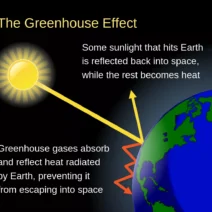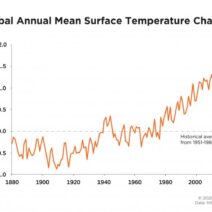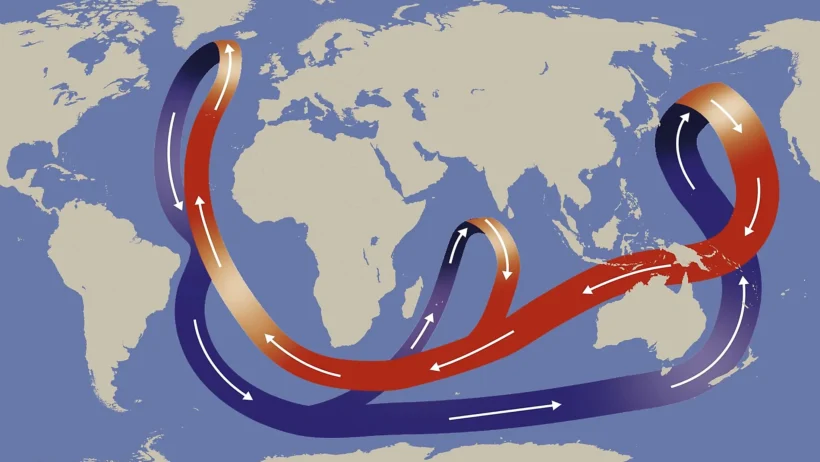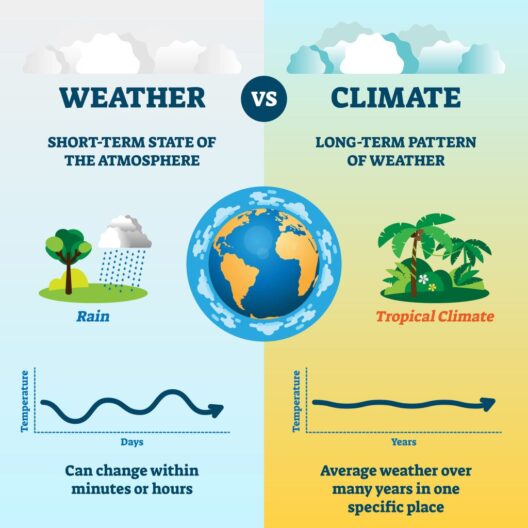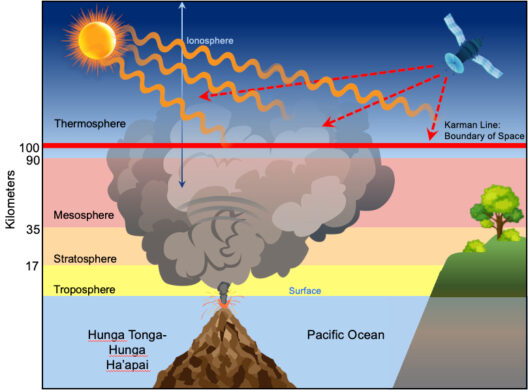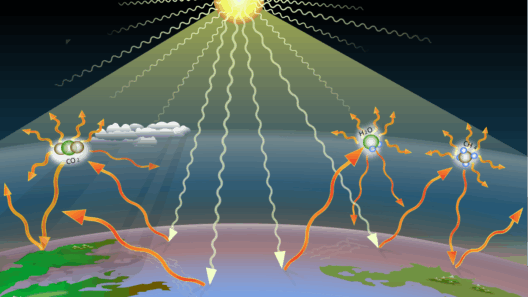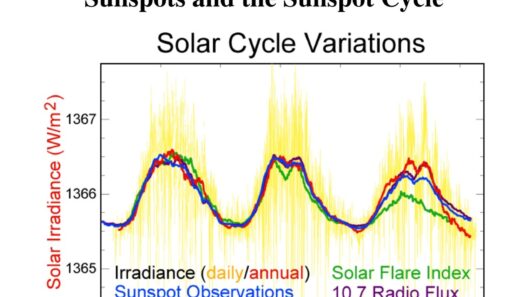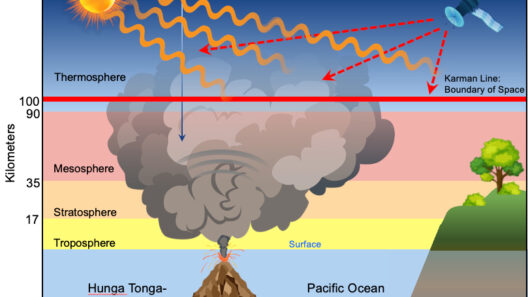The ocean, a vast and mysterious expanse, covers over 70% of the Earth’s surface and harbors a complex and dynamic system of currents. These currents are not merely sheets of water moving aimlessly; they function as the planet’s underwater conveyor belt, intricately linked to climate patterns, weather systems, and the overall health of our environment. This intricate interplay becomes even more critical in the context of climate change, as alterations in these currents can yield profound implications for ecosystems and human life.
To understand the significance of ocean currents, one must first grasp their basic mechanics. Ocean currents are driven by several forces, including wind patterns, the Earth’s rotation, the gravitational pull of the moon, and temperature salinity differences. The global ocean circulation is often described in terms of “thermohaline circulation,” a term derived from “thermo” meaning temperature and “haline” referring to salt content. This process is critical in regulating climate as it transports warm and cold water across vast distances. The Gulf Stream, for example, plays a pivotal role in tempering the climate of Western Europe, enabling milder winters than would otherwise be expected at such northern latitudes.
The phenomenon of the ocean conveyor belt is best illustrated by the Great Ocean Conveyor Belt, a global system of ocean currents that connects the Atlantic, Pacific, and Indian Oceans. It begins in the North Atlantic, where cold, salty water sinks to the ocean floor, starting a deep-water current that flows south towards the Antarctic. As this water reaches the warmer equatorial regions, it rises and returns north, creating a loop that takes hundreds to thousands of years to complete. This continuous circulation is essential for distributing heat and nutrients across the planet’s oceans, supporting marine biodiversity and regulating atmospheric conditions.
However, human activities have begun to disrupt this delicate balance. Climate change, primarily driven by greenhouse gas emissions, is leading to an increase in global temperatures, which in turn affects ocean temperatures. Warmer waters are less dense and therefore less likely to sink, which could slow down or even halt the thermohaline circulation. This is particularly concerning for regions like the North Atlantic, where a slowdown could result in drastic changes to climate patterns, leading to more extreme weather events, alterations in rainfall distribution, and a significant impact on marine ecosystems.
One prominent example of this disruption is the melting of the Greenland ice sheet. As the ice melts, it releases freshwater into the North Atlantic, which disrupts the salinity gradient that is crucial for the sinking process of colder water. This change in salinity may hinder the natural convection currents, resulting in a weakened Gulf Stream. A diminished Gulf Stream could have severe repercussions, including cooler temperatures in Western Europe and the eastern coasts of North America, showcasing how interconnected oceanic and atmospheric systems truly are.
Understanding the relationship between ocean currents and climate change not only emphasizes the urgent need for mitigation strategies but also invites rays of curiosity about our planet’s future. Can we fathom the unintentional consequences of our actions on global climate systems? The future of many marine species, including commercially important fish, hinges on these currents. As temperatures rise and currents change, these species might migrate towards cooler waters, leaving fishing communities to grapple with decreased catches and economic instability. Furthermore, these changes could disrupt the delicate balance of marine ecosystems, leading to unprecedented biodiversity loss.
While the threat of climate change seems daunting, it is essential to recognize that efforts are being made to address these challenges. International agreements, such as the Paris Agreement, have spurred countries worldwide to commit to reducing carbon emissions and investing in renewable energy sources. Restoration projects targeting coastal ecosystems, such as mangroves and coral reefs, also serve as natural buffers against climate impacts, preserving biodiversity and acting as carbon sinks.
However, these efforts must be complemented by an increased public awareness and education surrounding ocean currents and their vital role in our climate system. By nurturing curiosity about the interconnectedness of ocean health and climate stability, a shift in perspective may occur, fostering stronger advocacy for sustainable practices. The ocean’s vastness can often make it seem impervious, yet it is exceptionally sensitive to change. Every action has a reaction, and it is these minute reactions that can culminate in substantial consequences for the planet.
As humanity navigates the complexities of climate change, understanding and respecting the underwater conveyor belt serves as a critical reminder of our interconnectedness with nature. The swirling waters of the world oceans are not just a backdrop but the very lifeblood of our ecosystems, economies, and ultimately, our survival. The preservation of ocean currents should not merely be an afterthought but a fundamental component of our global environmental strategy. As we chart courses toward a more sustainable future, let the call for action resonate through the currents of change, inspiring both individual and collective efforts to safeguard our planet.
In conclusion, the ocean’s currents function as vital arteries, serving numerous ecosystems and shaping climatic conditions. While climate change poses severe threats, understanding this underwater conveyor belt offers insights not just into the challenges we face but also into the inherent resilience found within natural systems. Embracing curiosity about these phenomena can ignite passion for environmental activism, pushing for the adoption of practices that protect both our oceans and our climate for generations to come.
